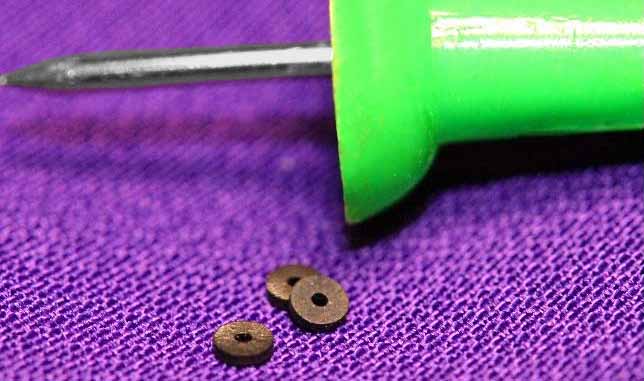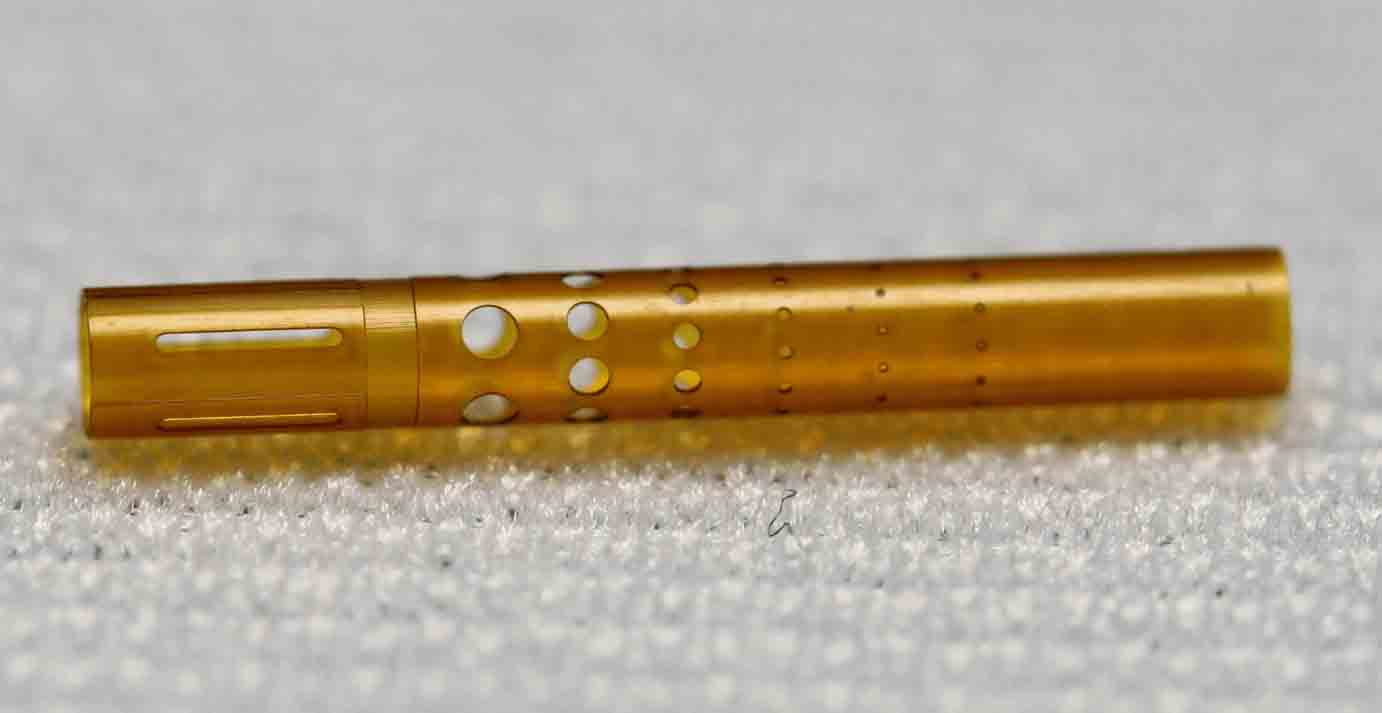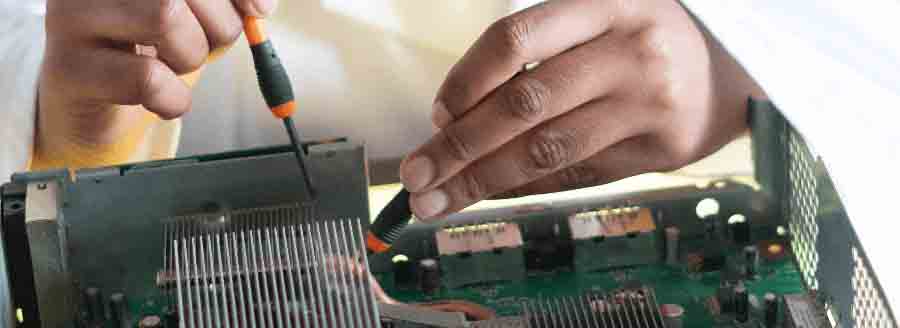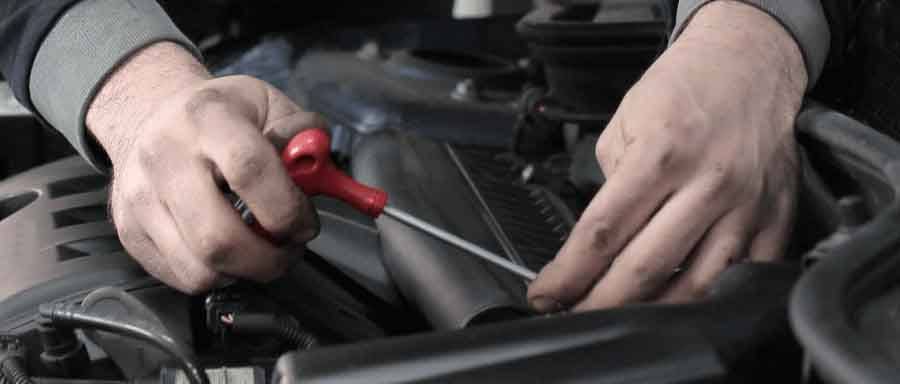LASER MICROMACHINING
PRECISE, VERSATILE, REPEATABLE
WHAT IS LASER MICROMACHINING
Micromachining is playing a crucial part in relatively recent technological advancements with miniaturized components and is quite the phenomenon in the manufacturing world. The official definition from Merriam-Webster defines micromachining as “the removing of small amounts of material by action other than that of a sharp-edged tool.” This definition is broad and does not portray the all of the capabilities of laser micromachining. In laser micromachining, components are manufactured with focused laser beams that are smaller than 0.001 inches or .00254 centimeters in diameter. The components manufactured can be made so small that they are difficult to see with the unaided eye. The picture to the right depicts a micromachined rubber washer next to a thumbtack.

BENEFITS OF MICROMACHINING

Laser micromachining offers very low heat affected zones, rapid cycle times, and most importantly, high surface finish and edge quality. Laser micromachining applies to a wide range of shapes and forms from flat sheets to round tubes. Laser micromachining can create features and structures on a wide variety of materials including many polymers and metals.
APPLICABLE TO DIVERSE INDUSTRIES
Smaller devices are now serving in areas where previous larger devices had limited functionality. It is common knowledge that innovation is driving technology towards device miniaturization to achieve better performance and higher efficiency. Whether it be phones, computers, medical devices, or automotive parts, the demand for smaller cutting and milling is growing tremendously. Laser Dynamics is proud to provide ultra-precision laser micromachining manufacturing for these industries.
• ELECTRONICS INDUSTRY
Electronic industries are increasingly challenged to innovate their products for better performance and better efficiency. Selective dielectric coating removal for standard and flexible circuits, selective lead cutting and trimming, and the drilling and machining of miniaturized electro-mechanical devices are examples of what can be crafted with laser micromachining processes.

• MEDICAL INDUSTRY
The miniaturization of medical tools and devices is the latest trend in the medical industry and has many applications including non-invasive surgical instruments, implants, laboratory and testing equipment, and sensors. Laser micromachining has become essential for fabricating these micro-medical devices. Rising medical costs have caused a push for shorter hospital stays, which can be achieved using portable medical monitoring equipment. Smaller implantable devices, such as pacemakers are also improving the cost-effectiveness and functionality of existing medical technologies. Mobile medical devices, wearable technology, and handheld instruments assist in conserving storage space in hospitals, as well as providing quick and easy care from one patient to the next.

• AUTOMOTIVE INDUSTRY
Fuel injectors, sensors, electrical assemblies, driver interfaces, and connectors are some of the many components that require microscopic parts that are used in today’s automotive, boating, and ATV markets. For environmental reasons, there is increasing pressure on the automotive industry to get more combustion from the same amount of fuel. Laser micromachining can provide solutions for manufacturing these precision components.

